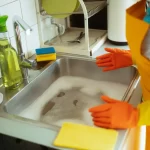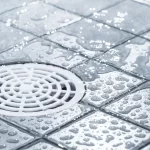Blocked drains aren’t just a nuisance—they can cause property damage, foul odours, health hazards, and expensive repairs. Whether it’s food scraps, grease, hair, or even tree roots, the causes of blocked drains are surprisingly varied, and often preventable.
In this blog, we’ll walk you through five practical and smart habits that can keep your drains flowing freely. We’ll explain how to avoid the most common causes of clogged drains, why maintenance matters, and when it’s time to call a professional. By the end, you’ll have a clearer understanding of how to protect your home’s plumbing system and avoid the cost and stress of unexpected backups.
Contact us if you are experiencing drainage problems in your home. For more information, visit our Drain Cleaning and Drain Repair pages.
What’s Causing So Many Blocked Drains in Canada?
Canada’s households and industries are major consumers of water, and that high volume of usage puts strain on our plumbing infrastructure. According to Statistics Canada, in 2013, Canadian households used over 3.2 billion cubic metres of water. That’s a slight decrease from 2011, but it still represents an enormous amount of daily water use that can put pressure on municipal sewer systems and home drainage lines.
In fact, the average Canadian used 223 litres of potable water per day in 2013, with Ontario households averaging about 200 litres daily. That includes washing, flushing, showering, and more—all of which contribute to the wear and tear on our plumbing systems and make them vulnerable to blockages.
Add to that the fact that a large portion of Toronto’s homes still rely on aging infrastructure—like clay pipes or corroded cast iron—and it’s no surprise that blocked drains are a common complaint among homeowners. From grease and soap scum to foreign objects and tree roots, our drains are under constant attack.
That’s why it’s so important to be proactive when it comes to drain care—because preventing clogs is much easier than dealing with the aftermath. Here are the 5 smart habits you can adopt to maintain the flow and be free from blockage.
1. Watch What Goes Down the Drain
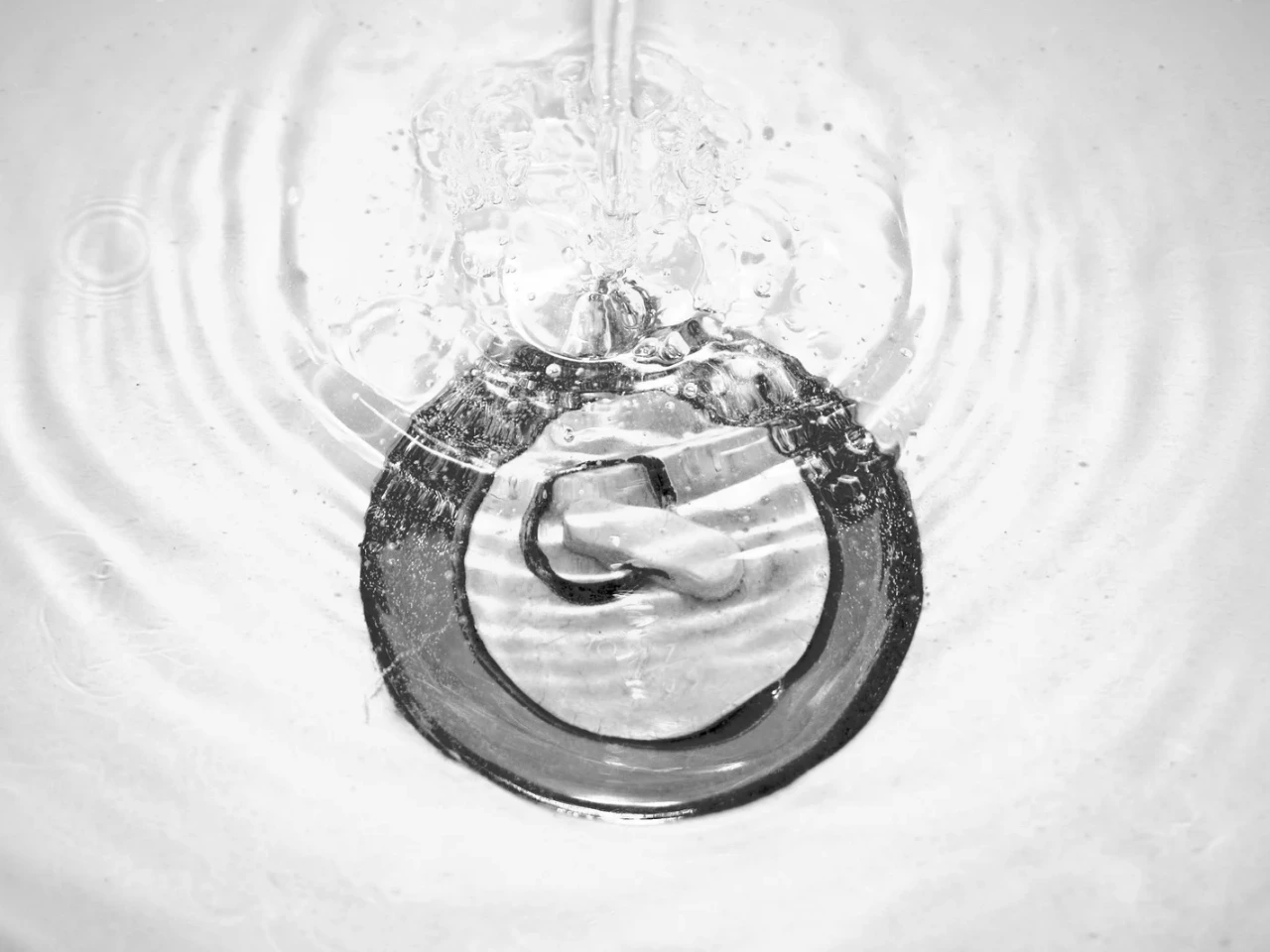
Kitchen Sink Cautions
One of the most common places homeowners notice a clogged drain is the kitchen. Between cooking, cleaning, and rinsing, it’s easy to forget that your kitchen sink isn’t a garbage can. But putting the wrong things down your sink is a sure way to cause a blockage.
Avoid pouring grease, fats, or oils (FOG) down the drain. These materials or substances solidify and adhere to the inside of your pipes as they cool. And then it forms a sticky strap that collects food particles. Once rinsed off in your sink, these materials will quickly clog and block your drain.
What to avoid in the kitchen sink:
- Cooking oils and butter
- Meat drippings or gravy
- Coffee grounds
- Eggshells
- Pasta and rice (they expand with water)
If these substances should not be disposed of in your sink, what should you do instead? No worries. You can just pour cooled grease into a container and dispose of it in the garbage. Before washing plates, scrape food leftovers into the compost or trash can.
Bathroom Basics
In the bathroom, hair is the usual culprit for a clogged drain—particularly in the shower drain. When hair comes into touch with toothpaste and soap scum, it can form a hard clog that slows down water drainage. To lower the danger and the possibility of clogging your bathroom sink:
- Use a hair catcher or drain screen in tubs and sinks
- Clean the screen regularly
- Brush your hair before you shower to minimize loose strands
2. Only Flush What’s Truly Flushable
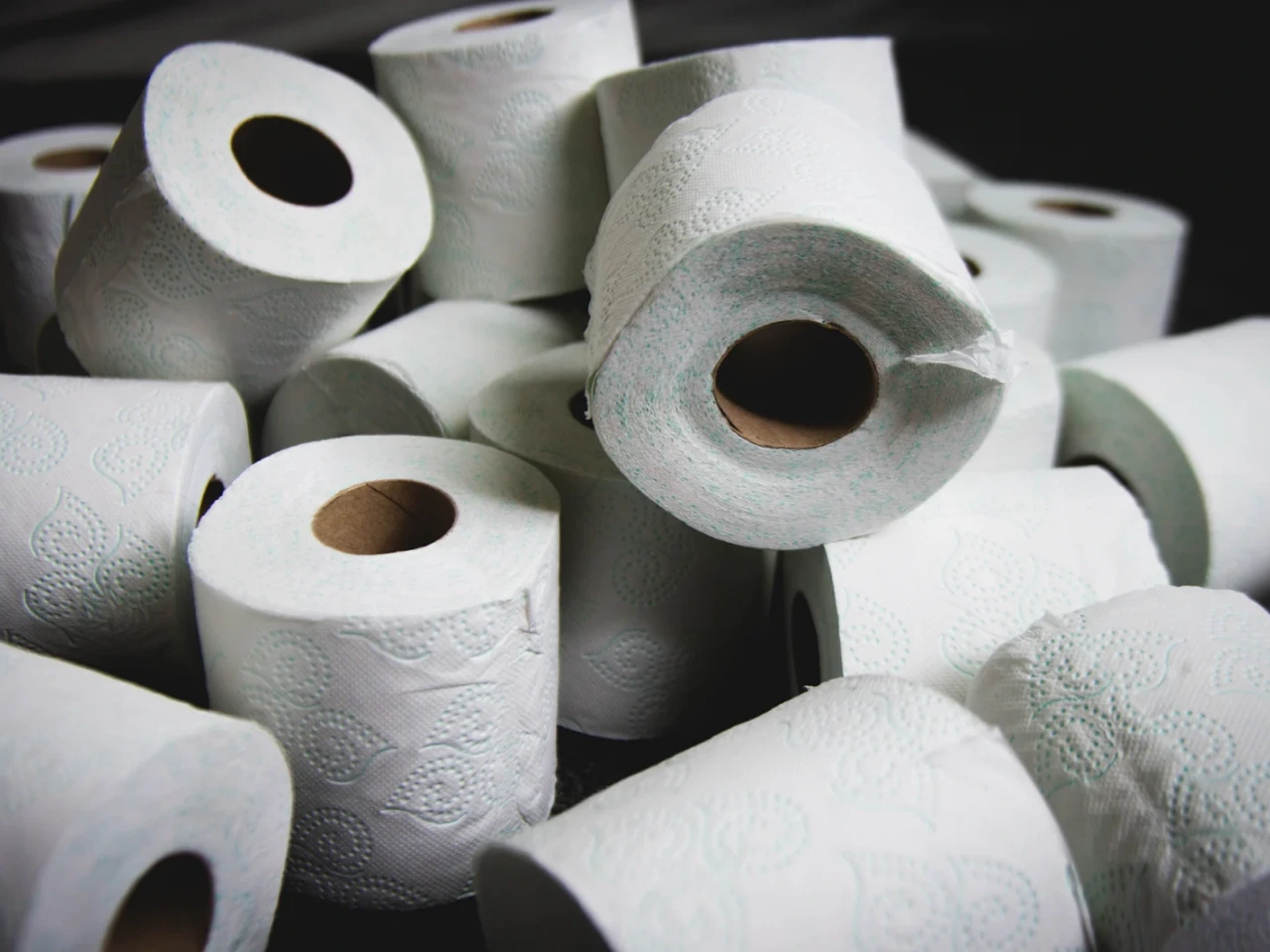
It’s tempting to think that anything flushed down the toilet disappears forever—but toilets are only designed to handle human waste and toilet paper. Flushing the wrong things is a common cause of sewer blockages and even basement flooding.
Avoid flushing these types of items or products:
- Baby wipes (even those labelled “flushable”)
- Sanitary products and tampons
- Paper towels and tissues
- Dental floss
- Cotton balls or swabs
- Feminine hygiene products
- Grease or food waste
These materials are difficult to decompose and may become lodged in your main sewer line or pipes. Over time, even minor objects can clog plumbing systems, particularly those that are older.
3. Use Natural Cleaners Regularly
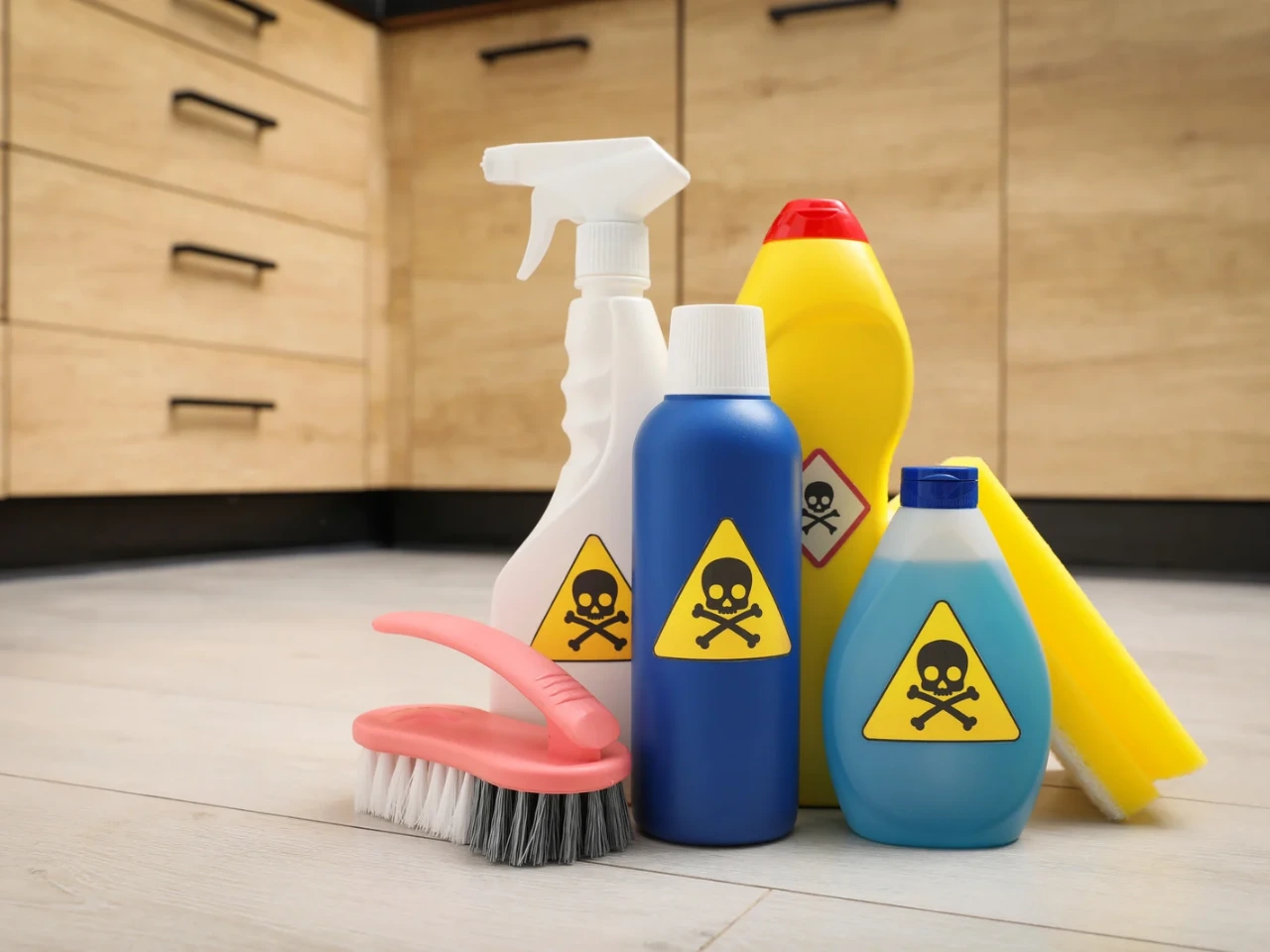
Many people believe that chemical drain cleaners are the best solution for any plumbing or blockage problems. Chemical drain cleaners may seem like they will work quickly, but they can really cause more harm than good, especially to older pipes. These chemicals’ abrasive constituents can damage fixtures, corrode piping, and even pollute the environment if they wash into the sewer system. Any property owner who wants to prevent long-term damage would be better off depending on safer options. In many cases, you can unclog minor blockages using natural methods or basic tools like a plunger. To completely unblock the line, a professional sewer service may be necessary if it is a severe clogs or if several drains are backing up.
Accordingly, vinegar and bicarbonate (baking soda) are a natural and effective approach to clean and deodorize your drains. You can try this DIY method to keep your drains clear:
- Prepare baking soda and vinegar for this solution.
- Fill the drain with half a cup of baking soda.
- Follow 1 cup of vinegar.
- Let it fizz for 10–15 minutes.
- Rinse with a pot of boiling water.
This mixture aids in removing small accumulations of grease, food particles, and soap scum. It is inexpensive, safe, and eco-friendly. Try to clean all of your home’s drains once a month.
An additional piece of advice is to flush the drain with hot water once a week to assist remove small deposits of grease, particularly in kitchen sinks.
4. Protect Outdoor and Underground Drains
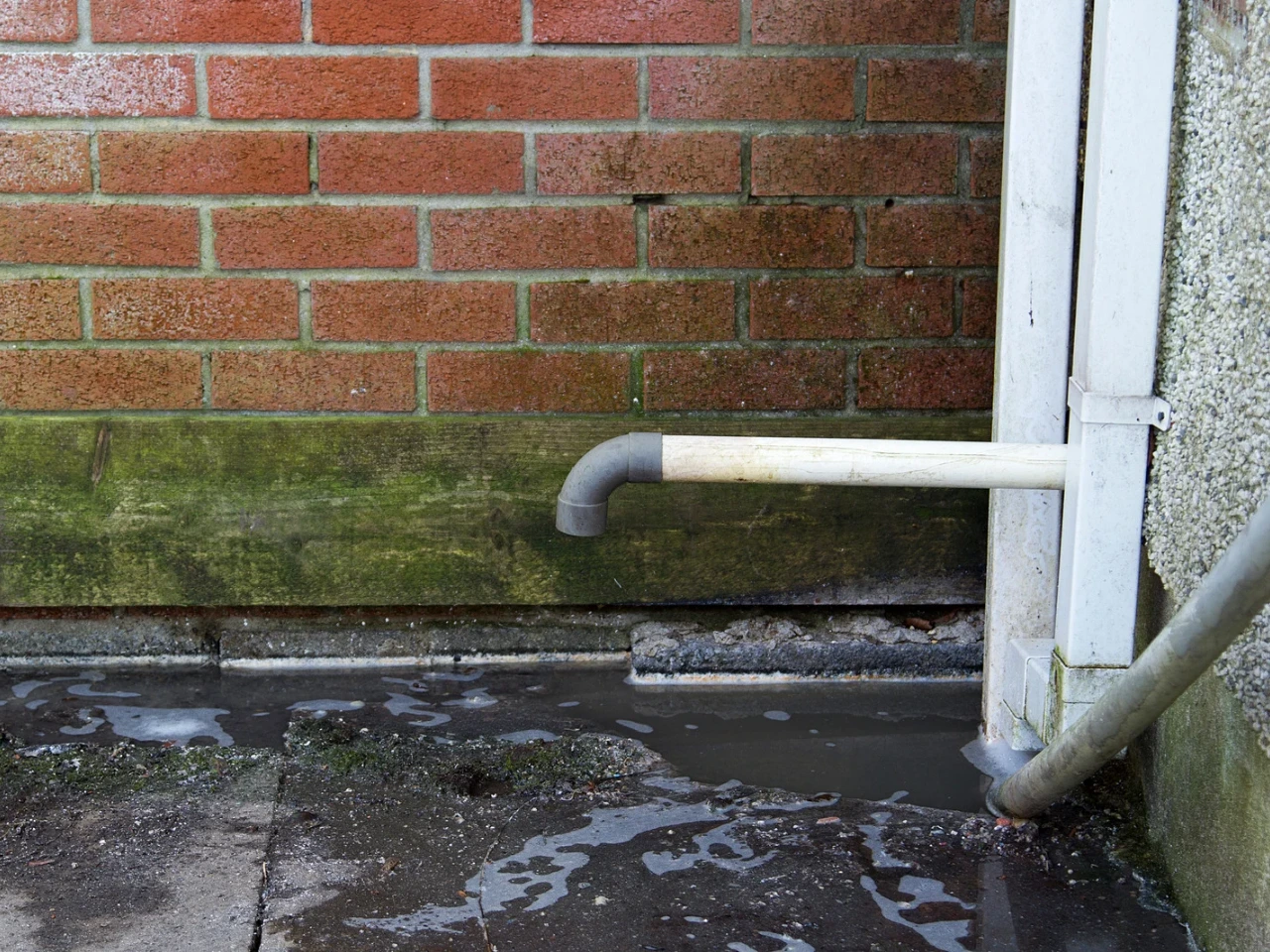
Don’t Forget Your Gutter and Yard
Blocked drains aren’t just an indoor issue. It is not only limited to what will be damaged inside your home. That’s why you shouldn’t forget your gutter and yard. Outdoor drains and gutter systems can clog with leaves, dirt, and debris, especially during the fall. If left unmanaged, this can lead to water pooling around your home, putting your foundation at risk.
To help you with, here are the tips for outdoor drainage care:
- Clean your gutters at least twice a year.
- Trim tree branches and bushes near drains.
- Use gutter guards or drain covers to catch debris.
Beware of Tree Roots
Tree roots can grow into underground drainpipes, especially older clay or cast iron pipes, looking for water. Once they break in, they expand and cause major drain blockages, often without warning.
If you’ve noticed recurring clogs, slow drains, or standing water outside, tree roots may be the issue. A licensed plumber can perform a CCTV inspection to confirm and recommend trenchless repair methods that minimize excavation.
5. Schedule Regular Professional Inspections
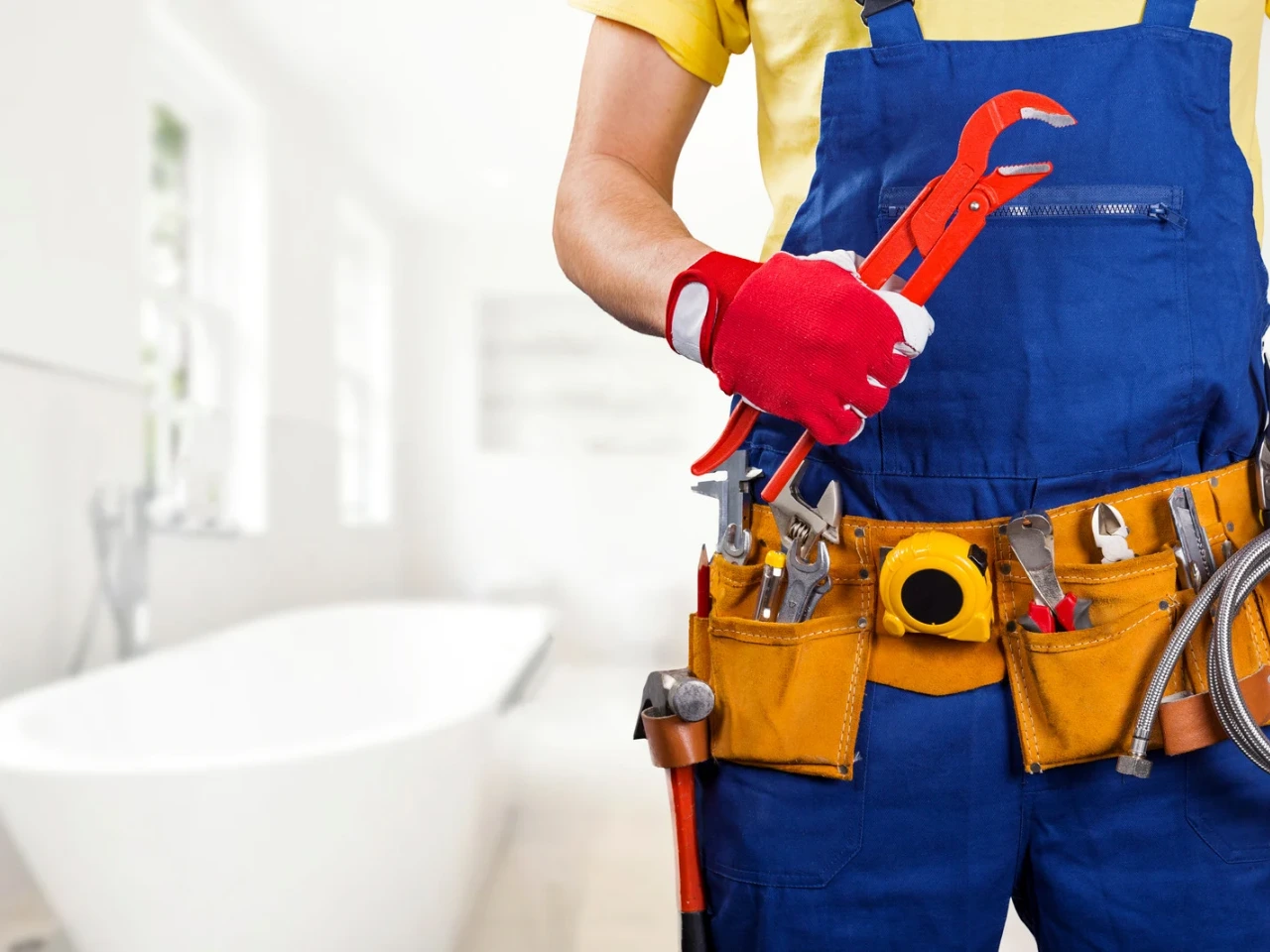
Even with the best habits, some drain issues are simply out of your control. Over time, debris, mineral buildup, and general wear can impact your entire drainage system, reducing efficiency and causing recurring problems. That’s why routine care and maintenance are so important—not only to prevent blockages but to catch early signs of damage before they escalate.
To restore your plumbing system back to its best shape and condition, and take care of underlying problems before it become emergencies, schedule routine drain cleaning and expert inspections with your trusted and reliable plumber. It could be time to fix the issue before it gets worse if you observe recurring blockages, sluggish drains, or unpleasant odours.
When to Call a Plumber
The following are early signs of a blocked drain that call for professional assistance:
- Slow-emptying bathtubs or sinks
- Sounds of pipes gurgling
- Fixtures are backed up with water.
- Odours that are unpleasant next to drains
- Clogs that keep happening, often in various places
If you notice any of these red flags, don’t wait. The issue may be deeper in your sewer system or involve a portion of the sewer on your property line.
A trained plumber from Absolute Draining & Plumbing can help with:
- Blocked drain repair in Toronto
- Main sewer line inspections
- No-dig repair services
- Water damage prevention
- Backwater valve installation
Contact us if you are experiencing drainage problems in your home. For more information, visit our Drain Cleaning and Drain Repair pages.
Reasons to Call Absolute Draining & Plumbing
Absolute Draining & Plumbing, a Toronto-based company with more than 20 years of experience, provides specific knowledge of both commercial and residential plumbing systems. Our team of reliable plumbers are prepared to assist you whether you need to clear a clogged kitchen sink, clear a blocked drain, or prevent basement flooding in your house.
Why choose us?
- Flat-rate pricing, no hidden fees
- Free consultations and drain assessments
- Licensed and insured technicians
- Emergency services 24/7
- 25-year warranty on drain repairs
We’ve helped hundreds of homeowners across Toronto restore their plumbing and avoid costly backups. Our professionals don’t just fix the issue—we explain the process, help you understand the cause, and offer long-term solutions.
Keep Your Drains Flowing Freely
Blocked drains can start as small annoyances and quickly turn into major problems if ignored. With the right habits—watching what you flush, cleaning drains naturally, and staying ahead of tree root issues—you can avoid many of the common causes of blocked drains. But prevention only goes so far. Sometimes, calling a professional is the smartest move you can make. Don’t wait until a clog becomes a crisis.
If you suspect your drains aren’t draining properly, reach out to the trusted team at Absolute Draining & Plumbing. We’ll inspect, clean, and restore your system—so you can get back to living worry-free.
Need help now? Contact us via form or you can call us at 416-252-5557 for a free consultation and get peace of mind that your appliance is in expert hands.




